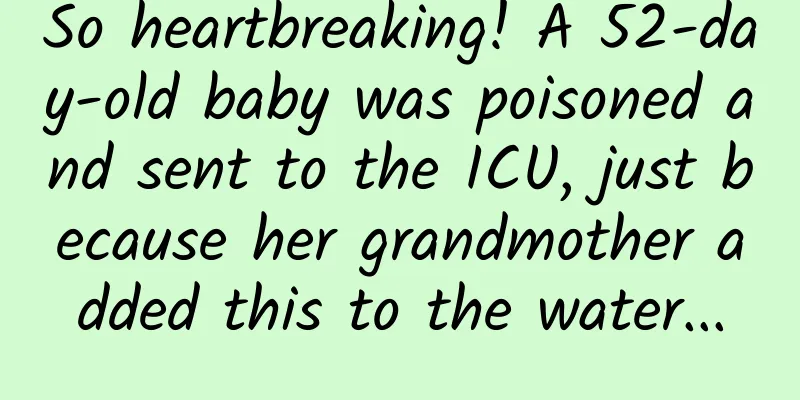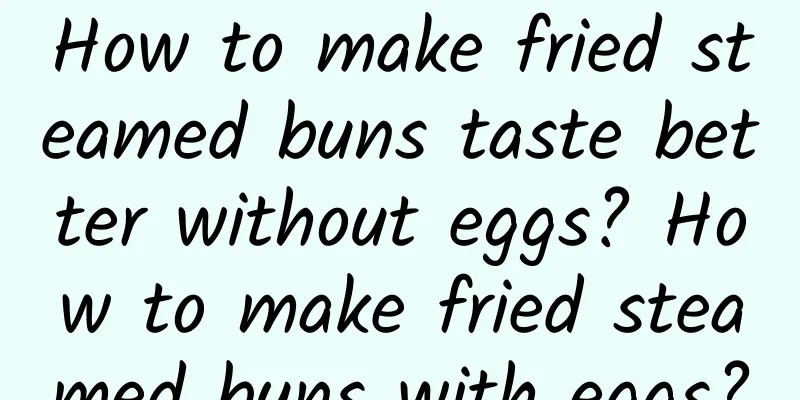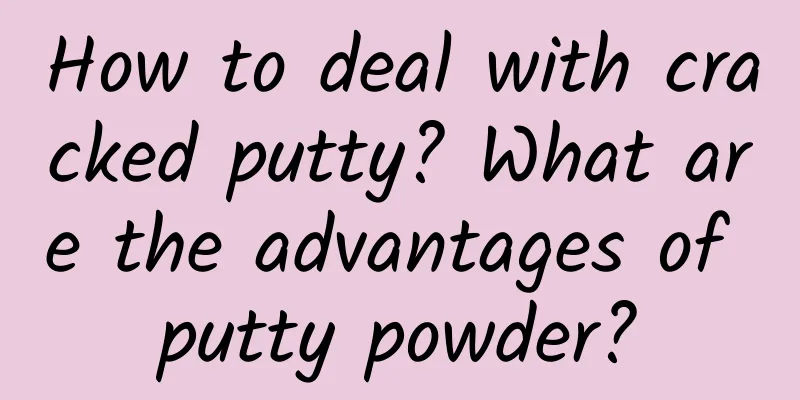So heartbreaking! A 52-day-old baby was poisoned and sent to the ICU, just because her grandmother added this to the water...

|
Recently, it was reported that a baby who was only 52 days old in Henan was poisoned and admitted to the ICU because his grandmother fed him honey water. The cause was botulinum toxin poisoning! Why can a small amount of honey water cause poisoning? What is the botulinum toxin that causes poisoning, and why does it appear in honey? How can we prevent botulinum toxin poisoning? This article will answer your questions one by one. What is Botulinum Toxin? Botulinum toxin is a toxin produced by the bacterium Clostridium botulinum. Clostridium botulinum, also known as Clostridium botulinum, is a bacterium that is widely found in nature, such as soil and animal feces. It can also be spread in all directions with dust and small droplets floating in the air, and then contaminate our food. For example, honey may be contaminated by Clostridium botulinum during brewing, transportation and storage. Clostridium botulinum stained with methyl violet Botulinum toxin is a highly toxic substance, less than 1 microgram can kill a person. Botulinum toxin has strong neurotoxicity. After invading the human blood circulation, it mainly acts on nerve endings, hindering the release of acetylcholine, causing muscle paralysis. Clinically, poisoned patients usually experience fatigue, headache, dizziness and other symptoms in the early stage, followed by blurred vision, drooping eyelids, hoarseness, difficulty swallowing and neck pain. In severe cases, breathing difficulties occur and may eventually die of respiratory failure. The structure of botulinum toxin This toxin is not afraid of acid, and even our gastric juice cannot destroy its toxicity. The proteases in the gastrointestinal tract are helpless against it. The mortality rate of botulinum toxin poisoning is high, generally 20% to 40%. Poisoning treatment often requires special antitoxin serum, and the treatment is also relatively difficult. Fortunately, although botulinum toxin is highly toxic, it also has a significant weakness: it is afraid of heat. Botulinum toxin is very unstable in high temperature environments and can usually be destroyed by heating at 75-85℃ for 30 minutes or 100℃ for 10 minutes. So, generally speaking, as long as the food is heated thoroughly, it is safe to eat. Do not give honey to children under 1 year old Not only this news, there have also been cases abroad where infants and young children have been poisoned after eating honey-based foods. In the 1970s, the United States first discovered cases of infants dying from Clostridium botulinum infection after consuming honey. In 2020, a 6-month-old baby in Tokyo, Japan died of infant botulism after eating honey as weaning food (food to stop breastfeeding). This is the first case of an infant dying from botulism poisoning in Japan since statistics were implemented in 1986. Currently, WHO recommends not to feed honey to infants before the age of 1 year. Copyright images in the gallery. Reprinting and using them may lead to copyright disputes. But doesn't it mean that it can be cured by heating it? Why can't children under 1 year old drink honey? This is mainly because the intestinal development of children under 1 year old is not yet mature. Although you don't have to worry about botulinum toxin as long as you reheat it, you still have to pay attention to the spores of Clostridium botulinum. Clostridium botulinum spores are very heat-resistant and difficult to kill even at high temperatures. Once the conditions are right, they will grow and multiply and may produce botulinum toxin. The bacterial flora in the intestines of adults have long been established, and a small number of Clostridium botulinum spores cannot defeat them. Therefore, Clostridium botulinum spores are relatively less dangerous to adults. However, the intestinal microbiota of infants under one year old has not yet matured and cannot effectively resist botulinum toxin. Once they ingest contaminated honey, botulinum toxin spores may multiply in the intestines and produce toxins, causing botulism poisoning in infants. Therefore, at present, domestic and international authoritative health organizations have the same opinion: babies under 1 year old cannot eat honey, but babies over 1 year old and adults can eat it. After the baby is one year old, the intestinal tract is more fully developed, and the balanced restriction of intestinal microflora can inhibit the reproduction of botulism toxin, so the baby can eat honey without worry. How to prevent botulinum toxin poisoning? In addition to honey, people should be especially careful with homemade foods. According to statistics from countries around the world, the foods that may cause botulinum toxin poisoning are not exactly the same in different countries and regions. Most of the foods that cause poisoning in my country are homemade fermented foods, such as bean paste, soy sauce, fermented black beans, stinky tofu, etc. A few cases occur in various stale meat, eggs, and fish foods. Botulism most commonly occurs in some homemade foods, which also reminds us that homemade foods are not necessarily safer and we must not be careless. So, how can we avoid botulinum toxin poisoning? It is recommended to start from the following aspects: (1) Cook food thoroughly and eat it cooked. Especially for foods that may be contaminated by Clostridium botulinum, such as fermented soy products, ham and sausage, canned food, etc., it is best to cook them thoroughly before eating. This is the most effective way to avoid the harm of botulinum toxin. Never eat them raw just for convenience. (2) When making homemade food at home, you should pay attention to hygienic operation, especially when making fermented soy products and fermented meats, be careful of contamination by Clostridium botulinum. If you are really unsure, it is best not to make it blindly. (3) If you cannot finish the processed fermented soy products, you should store them at low temperature as soon as possible. (4) Do not give honey to children under 1 year old. (5) Do not blindly buy homemade meat products that claim to be "preservative-free". There are many online celebrities selling "preservative-free" meat products and sausages, most of which are vacuum-packed. Clostridium botulinum can only produce toxins in an anaerobic environment. It is recommended that you do not buy blindly. References [1]BAM: Clostridium botulinum. [2]FDAMerle D. Pierson, Leslie A. Smoot,Michael C. Robach. Nitrite, nitrite alternatives, and the control ofClostridium Botulinum in cured meats. CRC Critical Reviews in Food Science and Nutrition. Volume 17, Issue 2, 1983 [3] Liu Aiping. Control of Clostridium botulinum. Meat Research, 2007. [4] Luo Yunbo. Introduction to food safety. [5]WHO. Clostridium botulinum Planning and production Author: Ruan Guangfeng, Deputy Director of Kexin Food and Health Information Exchange Center Review丨Zhang Yu, researcher at the Chinese Center for Disease Control and Prevention, national health science expert |
<<: Parents, these 6 foods you think are healthy are actually not very nutritious!
>>: Don't sit for too long, this position will sink! 2 ways to improve it → (with illustrations)
Recommend
What does milk suppuration look like?
Mothers are also prone to some breast diseases du...
How to clear milk blockage?
As parents, it is a very happy thing for mothers ...
My period has been delayed for 15 days and has not come yet
If there is anything normal about menstruation, t...
Why women are getting fatter
In fact, many people don’t quite understand why t...
What are the causes of excess testosterone in women?
Androgen is not only found in men. We women also ...
6 little secrets for women to stay young forever
It is women's nature to love beauty, but as w...
Menstrual symptoms are obvious but disappear
Women have their periods every month, and most pe...
Can pregnant women eat bananas?
For pregnant women who have elderly people at hom...
Does HPV11 positive require treatment?
Many patients are very worried after finding out ...
Can I eat hot pot when I am pregnant?
Hot pot is one of the favorite foods of many frie...
What are the symptoms of vulvitis?
Vulvitis refers to the inflammation of the skin a...
How many days after childbirth is it normal to produce milk? How long does it usually take to produce milk after giving birth?
After giving birth, women will enter the lactatio...
What to do if you don't ovulate during your ovulation period
Women are the most important backbone of human re...
Down syndrome 18 trisomy normal value chart
When a woman is pregnant, the female hormones in ...
How to prevent milk regurgitation during breastfeeding
Women must pay attention to their diet during bre...









